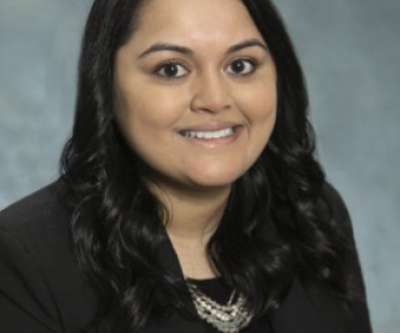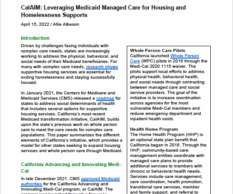Albert Einstein Medical Center serves up telehealth from 4 vendors with FCC grant
Healthcare It News
OCTOBER 12, 2021
"We have additionally implemented a process wherein our nurses who conduct home visits for our most high-risk patients bring tablet technology to their bedside in their home and help them navigate through their telehealth visit," she noted. We continue to use this technology to offer this convenient option for patients.












Let's personalize your content